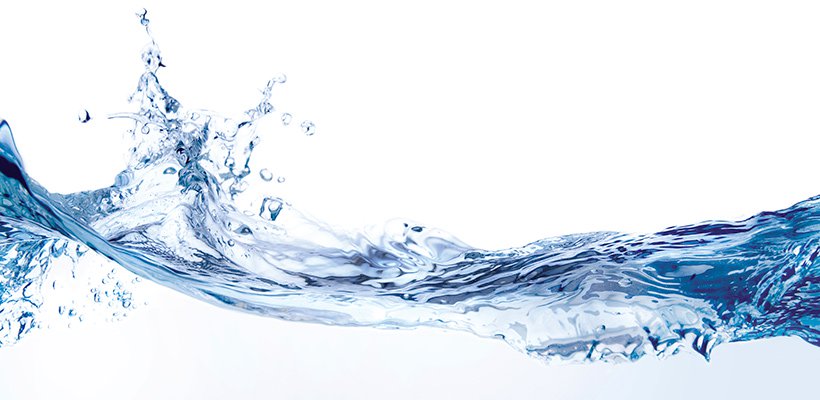October 23, 2018
Brewing Water Chemistry Part 1 of 2: The Basics

The Basics of Brewing Water
Last week I spoke to a customer excited to embrace his inner brewer and create his own recipes. He had carefully calculated his base and specialty malts, researched alpha acids and aroma characteristics and even sought out just the right yeast to tie everything together. It was an impressive recipe. But something was missing. I asked “and what about your water?” “What about my water?” he said. Water accounts for 90-95% of your beer yet it’s the one ingredient we rarely think about on brew day.
Understanding how water affects beer can take your recipe from good to great, but taking it for granted can render an otherwise great recipe underwhelming. In general, if your water tastes good or better yet, doesn’t taste at all, you’re probably in good shape. But if you have a water softener in your house or find yourself filtering your drinking water you might want to start treating your water more like an ingredient than an afterthought. Remember: Good In = Good Out.
A common misconception in brewing is that hard water is bad. Calcium and Magnesium, the minerals that attribute to hardness, are actually essential for yeast health and also help to promote clarity and shelf life. But there is some truth to the old adage “too much of a good thing…” so if your water tastes minerally or leaves scale on your drains the easiest way to prep your water for brew day is to dilute it 1:1 with distilled, deionized or reverse osmosis water which can often be sourced from your local grocery.
For extract brewers, Chlorine and Chloramine are probably the most detrimental to beer flavor. Filtering with a carbon filter or treating your water with a Campden tablet will eliminate the potential for Chlorophenols that impart a medicinal or Band-Aid-like flavor. Other mineral additions or dilutions can help to hone in a recipe but are far less influential. We’ll explore more of this in Water Chemistry Part II.
So how do we find out what’s in our water? If you’re connected to a municipal water supply it shouldn’t be difficult to get a water report. Often, these reports are available for free on their website. If not, give a call. Federal law requires that all public drinking water falls within certain guidelines indicating what can and cannot be in water and at what levels. The information on this general report is good but not as specific to what we, as brewers, are looking for.
Homework for Water Chemistry II: Contact your local water supply and as for the numbers (in parts per million) for Calcium, Magnesium, Sulfate, Chloride and Sodium. You’ll also need pH, Total Hardness and Alkalinity as CaCo3 (Calcium Carbonate). In Water Chemistry Part II, we’ll break these numbers down and teach you how to use them to your advantage so that your good recipes turn out great on your next brew day.


